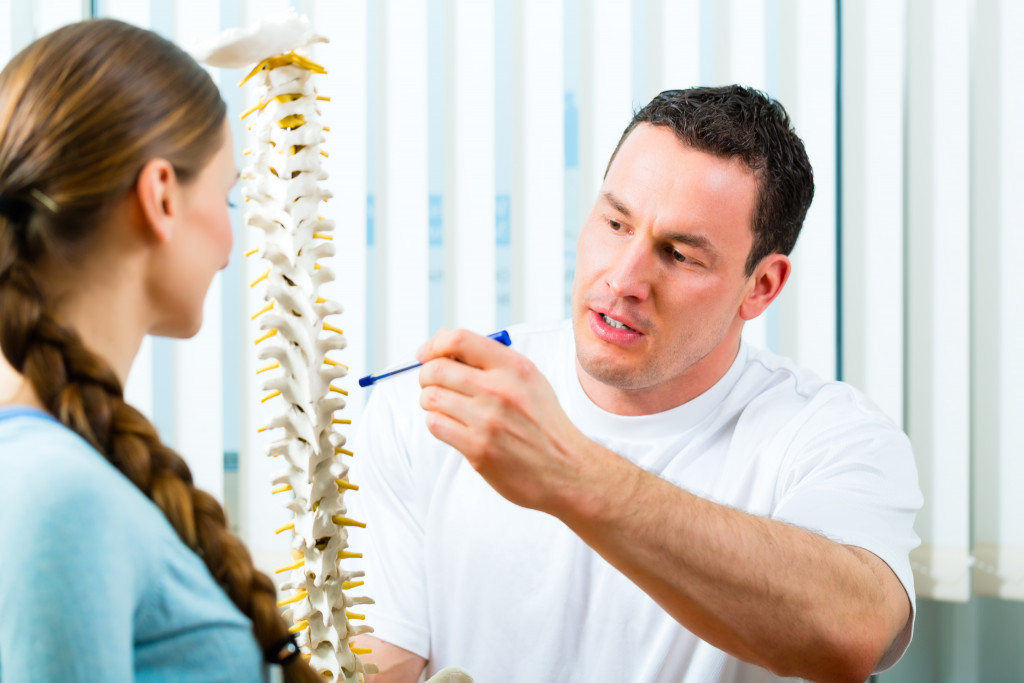Disclaimer: This website provides health information for educational purposes only and is not a substitute for professional medical advice, diagnosis, or treatment. Always seek the guidance of a qualified healthcare provider with any questions you may have.
With art and technology slowly interweaving their way into the medical field, it’s hard to deny that this combination is a winning one. There are countless ways that art and technology are changing the medical landscape for the better.
Because of the intersection between these two fields, modern practices benefit from more creativity, collaboration, and connection. Here are some fascinating applications of art and technology in medicine today:
Medical News and Information Dissemination
Art and technology are working together to create new ways of disseminating medical news and information. Today, many users subscribe to newsbots that post summaries of health care articles from around the web. It helps make complex medical topics more digestible for a lay audience.
On the other hand, social media and blogs offer educational channels that directly connect patients and doctors. This connection can help to build trust and confidence in the medical system.
Aside from that, many health-related organizations work with video production companies to provide immersive content to a broad range of audiences. These videos use a mix of live-action and animation to deliver their message engagingly.
These initiatives help people get in touch with the latest medical advancements and better understand their health.
Medical Training and Education
It’s not just patients who benefit from art and technology in medicine. Doctors and other medical personnel can also use these tools for training and education purposes.
For example, many hospitals are now using virtual reality simulations to train new surgeons. This technology allows for a safe and controlled environment to make mistakes and learn from them.
What’s more, medical students can use augmented reality apps to get a closer look at human anatomy. These interactive 3D models provide a more immersive learning experience than traditional textbooks.
As medical training and education become more technologically advanced, it provides confidence to the public to see better-prepared doctors in the future.

3D Simulations and Printing
One of the most promising art and technology applications in medicine is 3D simulations and printing. This technology is already available to create prosthetic limbs, implants, and other medical devices. What was once impossible to create is now becoming a reality.
3D-printed organs are also becoming a reality. This technology could help address the global shortage of organ donors in the future. In addition, 3D simulations can help create models of tumors. It allows doctors to better plan surgeries and develop targeted treatments.
Indeed, it has the potential to revolutionize patient care and make procedures less invasive. This way, more people can access life-saving treatments.
Artificial Intelligence in Healthcare
Artificial intelligence is slowly making its way into the healthcare industry. It is now possible to develop new treatments and drugs and diagnose diseases using AI technology. AI can also help doctors by providing them with real-time feedback.
In addition, many healthcare institutions are creating chatbots that can provide 24/7 support to patients. These chatbots can answer simple questions, offer emotional support, and provide information about medical conditions.
Another milestone in science includes AI-powered robots that can assist in surgeries. These robots can make precise incisions and help reduce the risk of human error.
However, AI is still in its early stages. But it has great potential to change the face of medicine. It will likely play a more significant role in patient care.
Telecommuting
Especially during the COVID-19 pandemic, telecommuting has become more popular. It allows doctors to consult with patients remotely using video conferencing tools. This way, they can still provide care and support without putting themselves or their patients at risk.
In addition, telecommuting gives doctors more flexibility in their schedules. They can work from home or from anywhere with an internet connection. It is especially beneficial for those who have young children or other family obligations.
Telecommuting is likely to become more common in the future as technology advances. It can help to improve patient care and make it more accessible. It’s a significant step up from the traditional doctor’s office visit.
One-step Diagnostic Kits
One-step diagnostic kits are portable devices that use a specimen to diagnose various diseases. They are quick, easy to use and provide accurate results.
This technology is instrumental in developing countries where resources are limited. It can help to improve the detection and treatment of diseases. It can also help to prevent the spread of disease.
One-step diagnostic kits are becoming more sophisticated. They can now test for multiple diseases at once. This technology is changing the way people diagnose and treat diseases. It is becoming an essential tool in the fight against the disease.
Art and technology have the potential to revolutionize patient care. They are making medical treatments more accessible to everyone. Information dissemination, education and training, patient support, artificial intelligence, virtual consultations, and instant diagnostics are ways that art and technology change the medical landscape. With continued research and development, they will only become more sophisticated and beneficial in the future.

